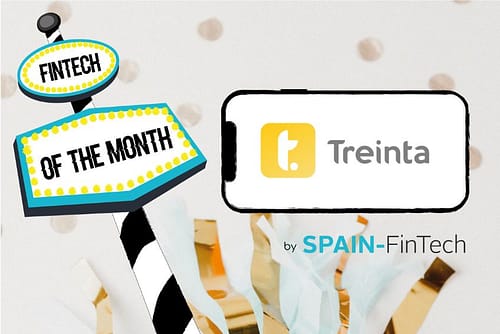Challenger Banks — They’re Revolutionizing the Banking Industry
The FinTech startup scene has become a catalyst for innovation in the banking sector. This race has been one in which traditional banks seem to be struggling to keep up with. With this said, there have been many partnerships, acquisitions and B2B products connecting the two. Considering the complementary attributes that legacy banks and FinTech startups bring to the table (large customer base, money & brand recognition vs agility, innovativeness & freedom from legacy systems), they make for a rather symbiotic relationship.
Below we have created a brief analysis of Europe’s top 5 FinTech challenger banks. Some of their history and finances are in the first paragraph, following with their offering and general observations.
Starling Bank
Starling was founded in January 2014 by Anne Boden, who has a rich history in banking. Boden’s original aim was to innovate in the lending space and to become the UK’s biggest lenders with its digital offering. Starling didn’t go down the crowdfunding route, which seems to be a common practice for this new generation of banks. In 2016 Harald Pike, a billionaire hedge fund manager, put down a hefty investment of $70 million into Starling. Pike later made a second investment which resulted in him becoming the majority shareholder. Starling has had a total investment of around $300 million, which includes a £100m grant they received from RBS. Fun fact: this grant was part of a £775m fund by RBS bank, it was a condition set by the UK government for the 45bn bail out during the financial crisis.
Other than the standard challenger bank offering, Starling also offers a business account, lending services, GBP and Euro accounts, teen accounts, fee free withdrawals abroad without limits, interest on your current account balance (0.5% AER on up to 2,000) plus they have their own open API marketplace – this is basically a mini app store of add-ons for Starling’s own app. Third party developers have created a variety of financial products ranging from wealth management to accounting. These last three offerings are what makes Starling stand out from its competitors. However, its accounts are only available in the UK. Starling is also involved in the Banking Services sector, this diversifies their revenue stream as they offer their modern payments system and infrastructure to around 20 institutions, including the UK government.
- 1.42 million customers
- The app has an average rating of 4.9/5.
Monese
Monese was founded by Norris Koppel in 2013. Koppel, from Lithuania, had the common struggle of opening a UK bank account when first moving to England, this caused hassle in accepting salary payments and paying utility bills. With the motivation to solve this problem he created Monese – so that anyone in Europe can open a UK current account with minimum hassle.In September 2015 Monese was launched, they didn’t go down the crowdfunding route but in January 2017 they raised $10 million in a Series A funding round, then in September 2018 they raised $60 million from their Series B. Monese has had a total investment of $77m, which is the least out of these 5 challenger banks. Monese is different in the sense that it is tailored to those who actually need a UK bank account – not tech savvy millennials who want to benefit from innovative banking features – although they are also welcome.
Monese’s customers get both a UK current account and a European IBAN, which allows for flexibility with salary payments and transfers. Koppel has stated that customers tend to use the Monese banking app as their primary account, accepting their salaries and paying rent through the app – 75% of Monese’s incoming funds are from salary payments. Their target market is different to that of other challenger banks, furthermore, in March 2019 they reported that two thirds of new sign ups weren’t from the UK, but from mainland Europe. It would be interesting to find out what percentage of funds other challenger banks receive from salary payments, this is a stat they haven’t made public… However, Monese seems to offer the least competitive prices. Their free membership requiring a €1 fee per ATM withdrawal and a 2% currency exchange fee. But their cross-border payments system seem to be the simplest to use out of its competitors.
- 2 million customers
- The app has an average rating of 4.8/5.
Stay tuned for part 2 next week…



Leave A Comment